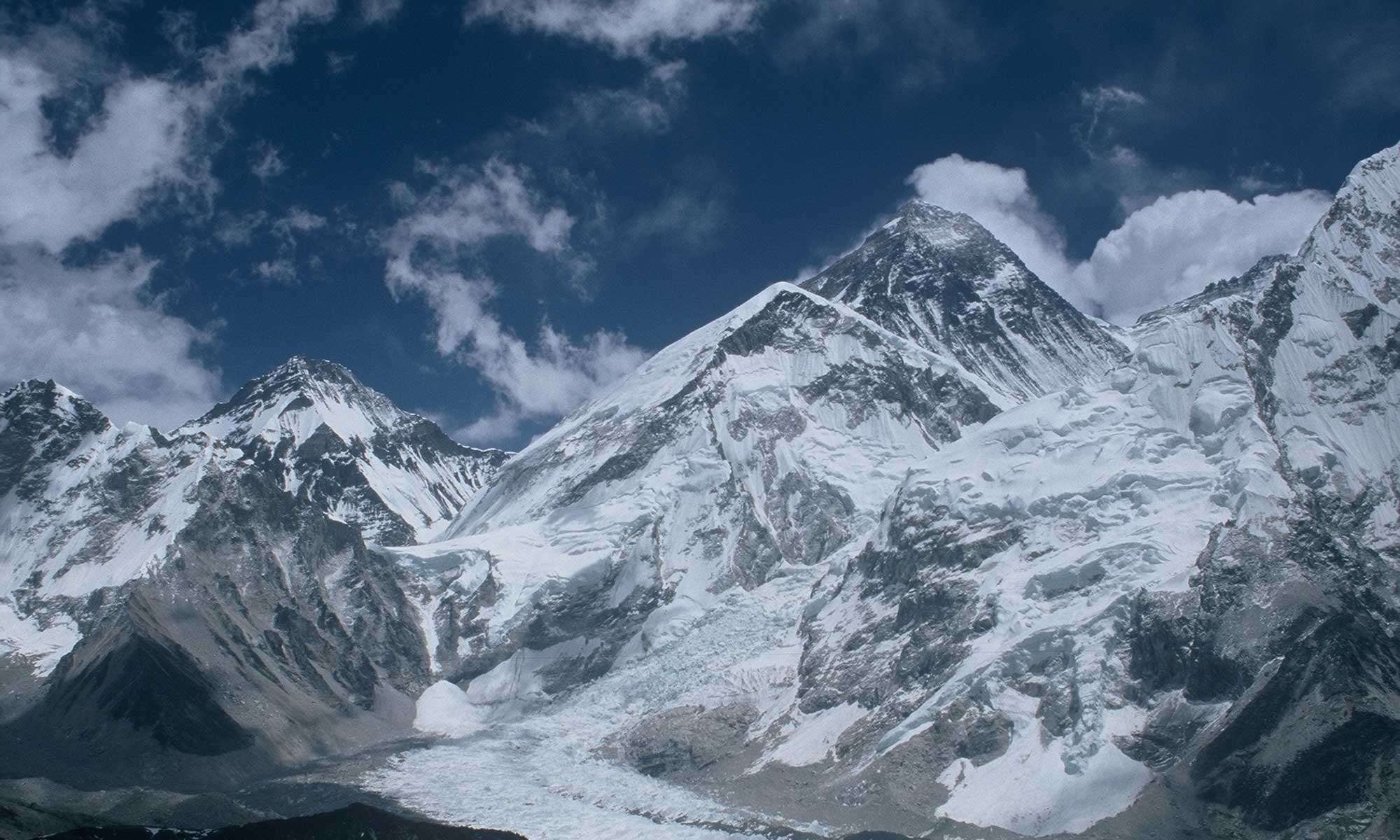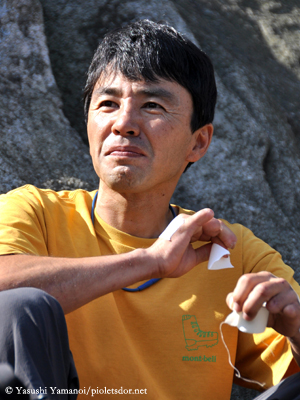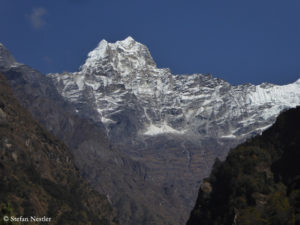It’s about time. This Saturday in Briancon, France, when Yasushi Yamanoi from Japan receives the Piolet d’Or, the “Oscar of mountaineers”, for his lifetime achievement, this prestigious award will go to Asia for the first time. At the age of 56, Yasushi is also the youngest of the 13 mountaineering legends to be honored.
The previous twelve were mostly from Europe: Italian Walter Bonatti (in 2009), South Tyrolean Reinhold Messner (2010), Britons Doug Scott (2011) and Chris Bonington (2015), Frenchman Robert Paragot (2012) and his compatriot Catherine Destivelle (2020), Austrian Kurt Diemberger (2013), Poles Wojciech Kurtyka (2016) and Krzysztof Wielicki (2019), and Slovenian Andrej Stremfelj (2018). In addition, the two US Americans John Roskelley (2014) and Jeff Lowe (2017) were honored for their mountaineering lifetime achievements.
” Whether solo, as a married couple, or with friends, Yasushi Yamanoi’s climbing has shown great creativity, commitment, and resilience,” the makers of the Piolet d’Or pay tribute to the Japanese climber, who is well known in Asia but little in the West. “His minimalist style and often discreet ascents paved the way for younger Japanese climbers to operate in modern alpine-style.”
Spectacular solo climbs
Yasushi scored his first spectacular coup when he managed the first winter solo ascent of the extremely steep, 3,406-meter-high Fitz Roy in gale-force winds. For two months he had waited for his chance at the foot of the legendary granite mountain in Patagonia.
In 1991, Yamanoi had his first experience of very thin air: on a traditionally designed Japanese expedition – large team, fixed high camps and fixed ropes – he reached the 8,051-meter-high summit of Broad Peak in the Karakoram in Pakistan. It was on this expedition that Yasushi also met his future wife Taeko Nagao, one of Japan’s best female mountaineers.
At Broad Peak, however, Yamanoi also realized that the conventional expedition style was not for him. From then on, he only went solo, with Taeko or with a small team. It was mainly with his successful solo ascents on new routes that the Japanese climber made headlines, for example in the Khumbu, the region around Mount Everest: in 1994 through the Southwest Face of the 8,188-meter-high Cho Oyu, in 1997 via the West Face and the Southwest Ridge to the summit of the 6,812-meter-high Ama Dablam, or in 1998 through the East Face of the 6,367-meter-high Kusum Kunguri. Yasushi describes the first ascent on Cho Oyu as his finest, the one on Kusum Kunguri as his most technically difficult.
Fight for survival on Gyanchung Kang
In 2000, he climbed from base camp via the Cesen Route to the 8611-meter-high summit of K2, the second-highest mountain on earth, in just 48 hours – without bottled oxygen. Yamanoi didn’t make much of a fuss about it. “I have no interest in speed records,” he commented succinctly on his achievement.
In fall 2002, Yasushi and his wife Taeko narrowly survived an expedition to the North Face of the 7,952-meter-high Gyachung Kang. The mountain is located on the Chinese-Nepalese border, between the eight-thousanders Cho Oyu and Mount Everest. Because Taeko was feeling poorly at the highest camp, Yasushi climbed to the summit alone in a snowstorm. The weather did not improve. It was not until days later that the two reached base camp, completely exhausted and suffering from severe frostbite. Yamanoi had to have five fingers and toes each amputated, and Nagao also lost some fingers.
A different answer each time
After that, the couple took it easy, without giving up mountaineering. Yasushi achieved further first ascents in China, Greenland and Peru – as well as in India in 2017, when he scaled the 5,970-meter-high Rucho for the first time with his compatriot Takaaki Furuhata.
Why he climbs mountains, Yasushi Yamanoi is always asked. “Because I feel like myself on the mountain,” he once replied. Then he laughed. “I give a different answer to that question every time.”
P.S.: The Piolet d’Or for outstanding alpinistic achievements in 2020 goes to the two Frenchmen Symon Welfringer and Pierrick Fine for their first ascent of the South Face of the 6,953-meter-high Sani Pakkush in the Karakoram, and to the U.S. American Ethan Berman and the Briton Uisdean Hawthorn for their new route through the Northwest Face of the 3954-meter-high Mount Robson in Canada.



